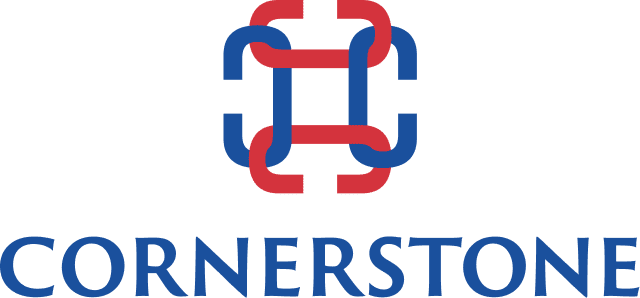Executive Search in Australia – 2021 Outlook
Control of Pandemic Key to Recovery
There are cautious but encouraging signs that the Australian economy could rebound quite strongly and quickly in 2021 from its significant contraction in 2020 due to the Covid-19 pandemic.
However, there is one important caveat – sustained control of the Covid-19 virus within Australian borders and globally.
The Reserve Bank of Australia has outlined two potential scenarios in its Economic Outlook for 2021. Scenario 1 is an Upside – Faster Recovery if the virus is under control and Scenario 2 is a Downside – Slower Recovery in the event it is not.
The Downside Scenario considers the possibility that Australia faces a series of periodic regional outbreaks of the virus and ‘rolling’ lockdowns to contain these outbreaks in coming quarters, and further that the world experiences a widespread resurgence in infections.
In this scenario, a global ‘second or subsequent waves’ of infections may eventuate in 2021, causing world demand to decline further; Australia’s international borders would remain effectively closed until at least late 2021. This scenario would result in a delay in the recovery in services exports and have other knock-on effects.
Unfortunately, this ‘Downside’ scenario is the stark reality we see right now in Australia with main state borders once again closed and strict restrictions reinstated. And internationally, we see new waves of infections and indeed new strains of the virus, reported in the UK, USA, Europe and Africa.
So, controlling the virus remains the primary challenge for Australia and other global economies in 2021. The emerging vaccines will ultimately make a significant difference as the world moves to embrace the protection ‘herd immunity’ offers.
In its latest Economic Outlook Report, the OECD, forecasted that global GDP will pick up by 4.25% in 2021. The OECD says there is “now hope for a brighter future” with vaccines in sight, however “the recovery will be uneven across countries, potentially leading to lasting changes in the world economy”.
In its Outlook Report, the OECD has upgraded Australia’s economic growth outlook for 2021 while noting that “the COVID-19 pandemic continues to exert a substantial toll on economies and societies”.
Prominent Chief Economists for Australia’s major banks are forecasting that they generally expect (economic) growth in 2021 to be around 3.7% – 4.0%, up from earlier estimates of 2.8%. They also expect the unemployment rate to taper down to 6% by end-2021.
The Australian Treasury has assumed economic growth of 4.5% in calendar year 2021.
The Australian Federal and State Governments are relying on significant multi-billion dollar investments in land infrastructure construction projects including road, rail, bridge and tunnel assets to drive the recovery. Exports from the Australian Mining sector will also play an important part in the recovery together with new investments in the sector.
Similarly, investment in renewable energy projects has been highlighted. Pharmaceutical production, especially related to production of new Covid-19 virus vaccines locally in Australia, is a commitment made by the Australian Government.
Investment in Australia’s defence capability is being stepped up especially in Australia’s naval capability with significant projects in submarine and frigate construction projects. Australia no longer has an automotive OEM industry, however the Australian Government has committed to a $1.5B investment in a modern manufacturing strategy.
Demand for travel, tourism and hospitality services is likely to remain subdued while our international borders remain closed. However, Australians vacationing at home within Australia’s borders will help. Demand for new townhouse and apartment accommodation will negatively impact construction activity in this segment of the economy over the next 1-2 years.
According to IBIS World research, “revenue for the Employment Placement and Recruitment Services industry in Australia is forecast to weaken significantly in 2020-21, dropping by 19.7%. This trend continues the large industry decline during the final quarter of 2019-20, as government-mandated lockdowns in response to the COVID-19 outbreak caused national unemployment to surge and business confidence to plummet.
Demand for new staff across most markets immediately fell and remained weak over the first quarter of 2020-21. Domestic and global uncertainty surrounding the COVID-19 pandemic is expected to continue over the remainder of 2020-21, negatively affecting labour demand. As a result, requirements for services from employment placement and recruitment companies is projected to decline significantly.
Despite overall industry weakness, IBIS World forecasts that some markets are anticipated to perform better than others in 2021. For example, demand from the healthcare and medical sector for industry services is expected to increase as a share of revenue, as the focus on people’s health and testing for COVID-19 symptoms increases.
The image shown below is courtesy of IBISWorld.
Contact the author, Allan Rae at allan-rae@cornerstone-group.com
Information on Cornerstone’s Executive Search Office in Melbourne


